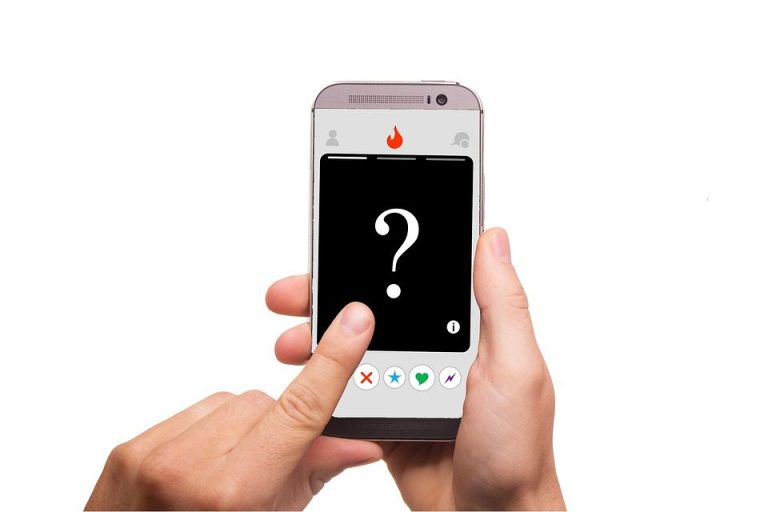The 5 Love Languages and how they can affect your relationship
First of all, you might be thinking ‘what is a love language?’ The 5 love languages date back to Dr.Gary Chapman in 1992, who proposed five different relational styles commonly known as: words of affirmation, acts of service, receiving gifts, physical touch and quality time. The theory suggests that each individual holds one predominant love language which guides their romantic behaviours toward others and by which they feel most loved.
In romantic relationships, most people want to find ways to show their partner that they love and care about them. However, couples sometimes find themselves struggling to connect and communicate their love for one another. If you feel a sense of disconnection and confusion this might be coming from the fact that you and your partner are using a different love language. This does not mean something is wrong with the relationship, but that there might need to be more of an understanding of which love language each partner uses and needs.
Where does our love language come from?
As children, we were all taught different ways of how to show and receive love. For example, some parents are more verbal and often tell children they love them (words of affirmation) or cuddle them (physical touch) often. While others show their love by making sure their child’s favourite meal is ready when they get home (act of service) or by always attending their extra-curricular activities (quality time). As we grow up, the way we were shown love, might develop into our very own love language.
While both partners may have genuine intentions, using different love languages without fully understanding them may result in each person feeling upset and disconnected. For example one partner may be showing their love through acts of service such as preparing food or doing chores, because this is their love language. However, the partner on the receiving end might not have the same love language and feels more loved if their partner tells them they are beautiful, important and that they love them (words of affirmation) or by going on a date night with no phones (quality time). Each partner might be expecting the same love language they are giving out in order to feel loved and in the process might be left feeling upset, sad or frustrated.
In cases where partners are using different love languages, it is important to sit down and have a conversation about how you each like to receive and express love. Learning each other’s love language is in the relationship’s best interest and has multiple benefits.
- Learning each other’s love language helps foster empathy as you both learn to understand the different ways people feel loved and important
- By focusing your energy on learning each other’s love language rather than convincing your partner to use just one, you are creating a safe atmosphere of selflessness.
- Keeping the conversation about what makes you feel loved flowing can also help to maintain intimacy by creating a deeper, more meaningful connection.
- Being dedicated to learning one another’s love language is also a tool for personal growth. In a time where it is easy to become immersed in our own needs & thoughts, it is crucial to sometimes step out of our own mind and increase our awareness of those around us.
While understanding and incorporating each other’s love language may not be a one time conversation, the end result of a more open and meaningful relationship will be well worth the efforts.
Michaela Pace is a Psychology graduate from the University of Malta. She has worked with children and adolescents within the social sector and currently works as a Triage Officer and Volunteer Manager within Willingness Team, while pursuing a Masters in Gestalt Psychotherapy.
References:
Fager, K. (2018). Learn to Speak Your Partner’s Love Languages. Retrieved from The Gottman Institute .
Margaret Cook, J. P. (2013). Construct Validation of the Five Love Languages. Journal of Psychological Inquiry , 50-61.






